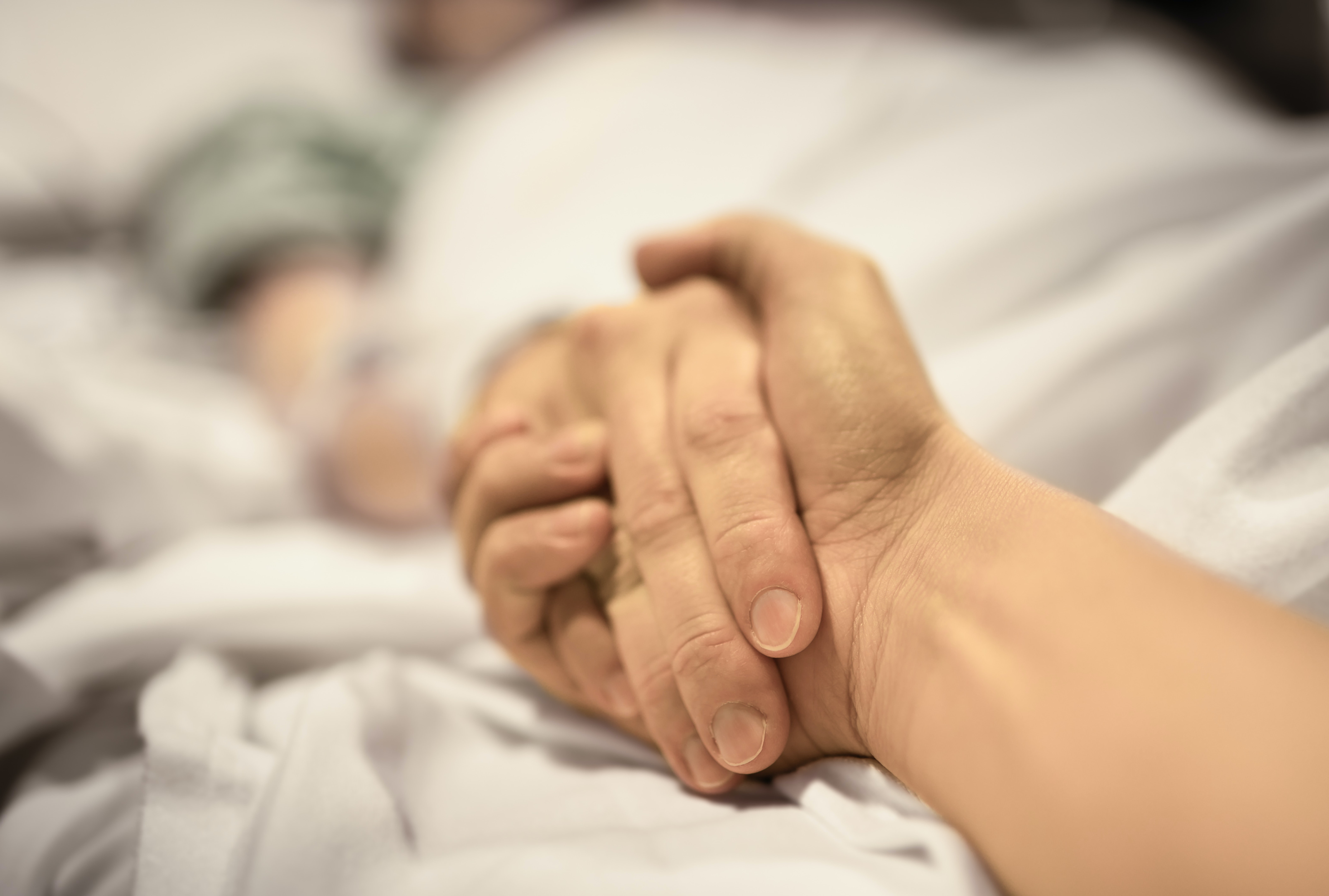There are two situations when a general anaesthetic might be used in dying patients. The first is when other drugs have not worked and the patient is still distressed or in pain. The second is when a patient has only a short time to live and expresses a clear wish to be unconscious. Some dying patients just want to sleep.

You might wonder, is this not just euthanasia by another name? Giving someone medicines to ensure that they are unconscious as they die naturally is different from giving someone medicine to end their life. General anaesthesia is legal, whereas in many countries, including the UK, euthanasia is illegal.
This means that the option of anaesthesia could be available now for dying patients in the UK without changing the law. France has recently recognised the right for dying patients to be unconscious.
Previous studies that have used anaesthesia at the end of life, have continued the medicines for one to 14 days until the patient died naturally.
Any of these might be appropriate, depending on the procedure and depending on the person. But the option with the highest chance that you won’t feel anything is, of course, general anaesthesia.
The choice of general anaesthesia at the end of life is potentially popular. Last year, we surveyed more than 500 people in the UK about end-of-life options. Nearly 90% said they would like the option of a general anaesthetic if they were dying.
Written by Dominic Wilkinson and Julian Savulescu
KieferPix/Shutterstock
This will not be for everyone. It may not be possible for those who are dying in their own home. And some people will not want it. But we have the means to offer dying patients a gentle alternative end to their days. We believe that there is a strong ethical case to make the option of general anaesthesia at the end of life more widely available.
Wouldn’t it be too risky?
This article is republished from The Conversation under a Creative Commons license. Read the original article.![]()
Dominic Wilkinson, Consultant Neonatologist and Professor of Ethics, University of Oxford and Julian Savulescu, Visiting Professor in Biomedical Ethics, Murdoch Children’s Research Institute; Distinguished Visiting Professor in Law, University of Melbourne; Uehiro Chair in Practical Ethics, University of Oxford
These same three options could be offered to a dying patient. Some people might want to be as awake as possible. (Like the poet Dylan Thomas, they might not wish to “go gentle into that good night”.) Some might want to be sedated, if necessary. Others might want to be completely asleep.
There are side-effects with all medicines, but recent advances mean that it is possible to give anaesthetic medicines to patients close to death without affecting their breathing. The medicine is given slowly, and the patient made unconscious gradually over 15 to 20 minutes. The medicine can be slowed or stopped at any point.
But what type of anaesthesia are we talking about? If you need surgery or a medical procedure, there are three options. First, being fully awake, but having local anaesthesia to block the pain. Second, you could be partly sedated: you would be less stressed or worried about it, but you might remember some of the procedure afterwards. Finally, you could have a general anaesthetic and be out cold, with no memory of the procedure afterwards.


